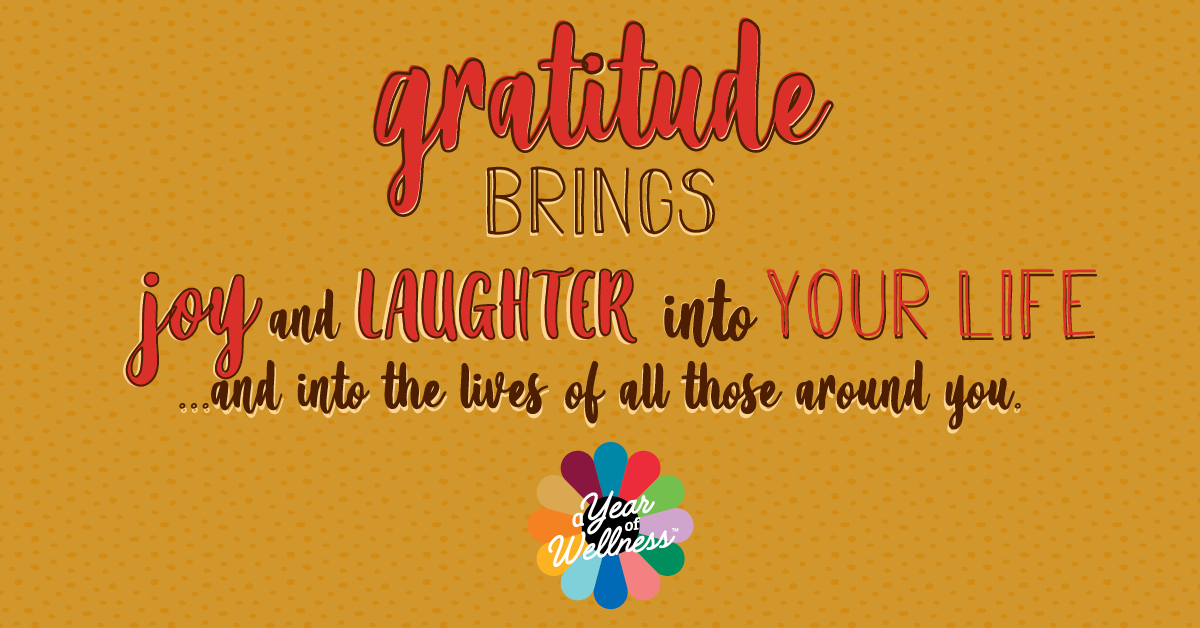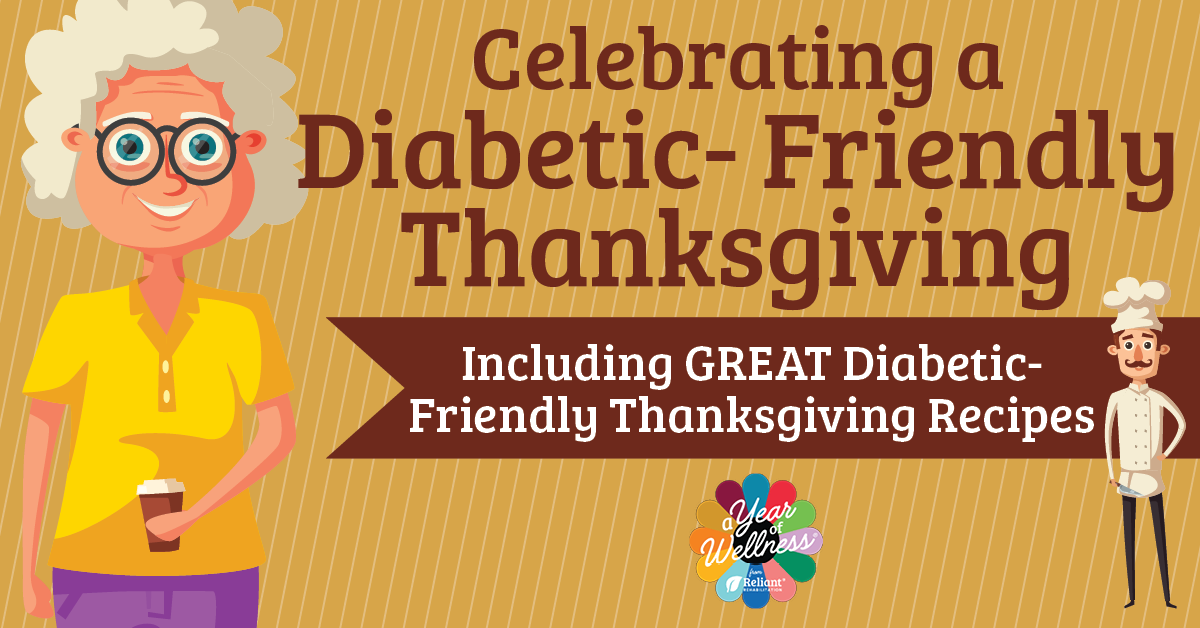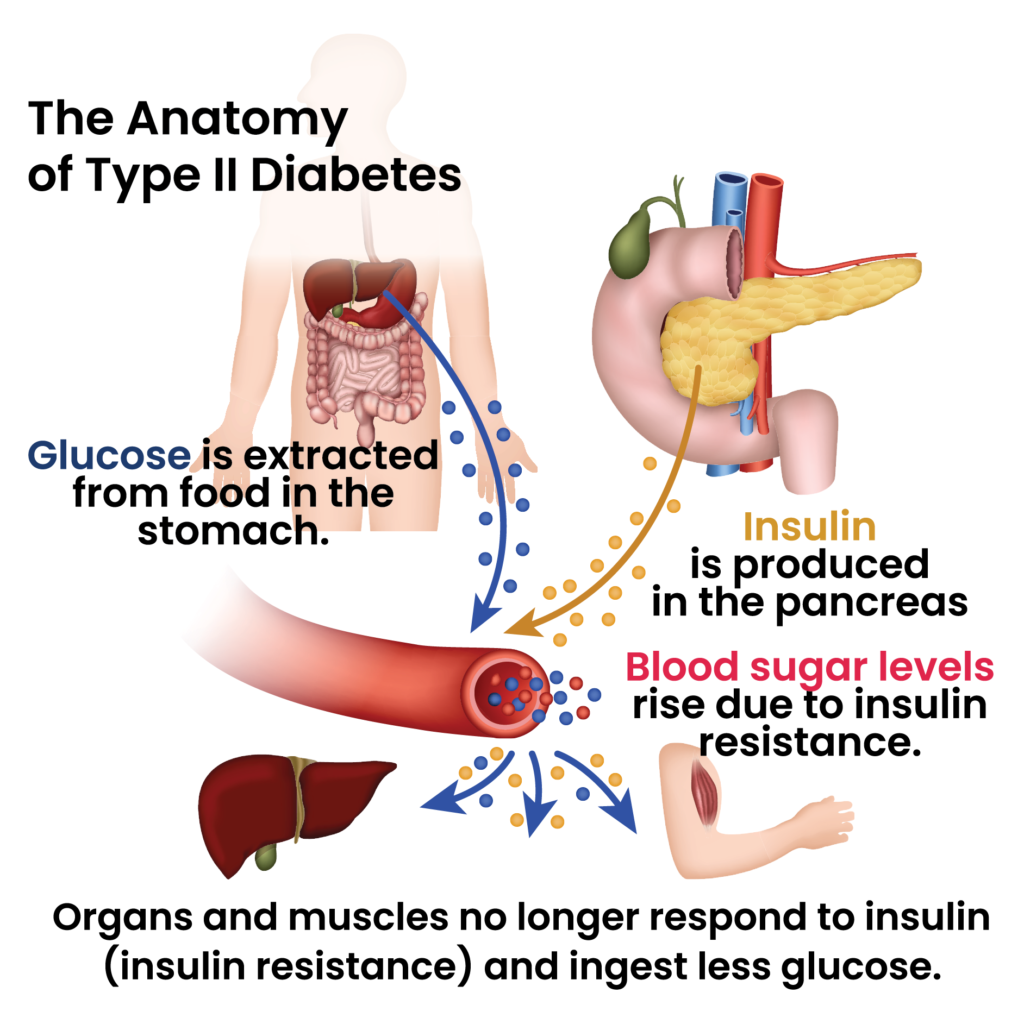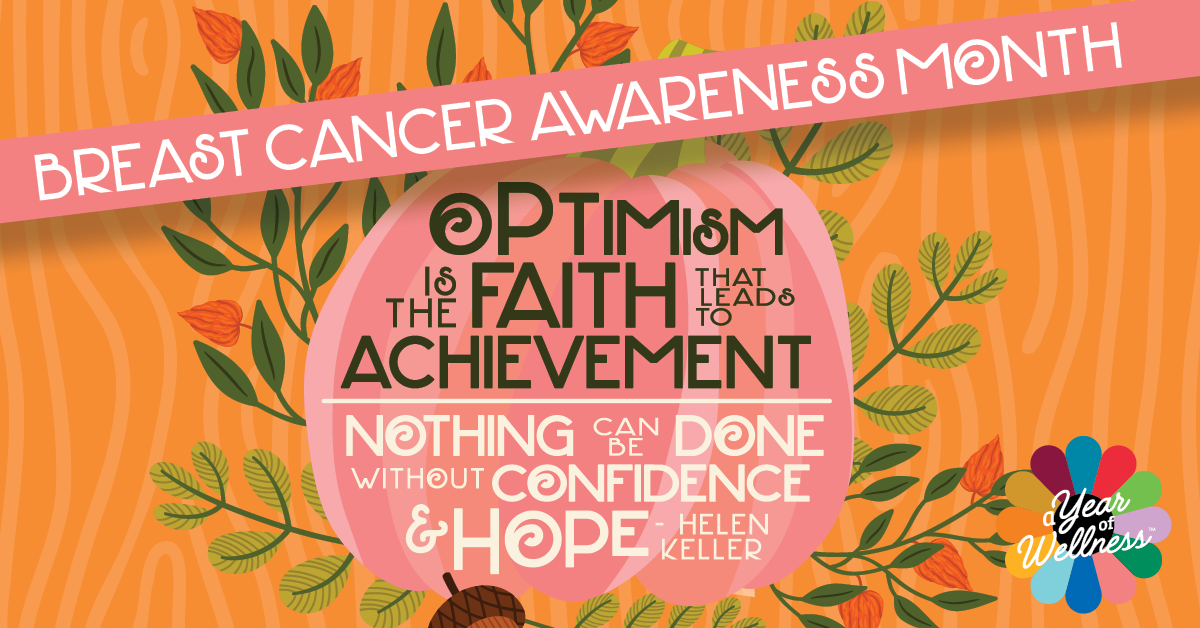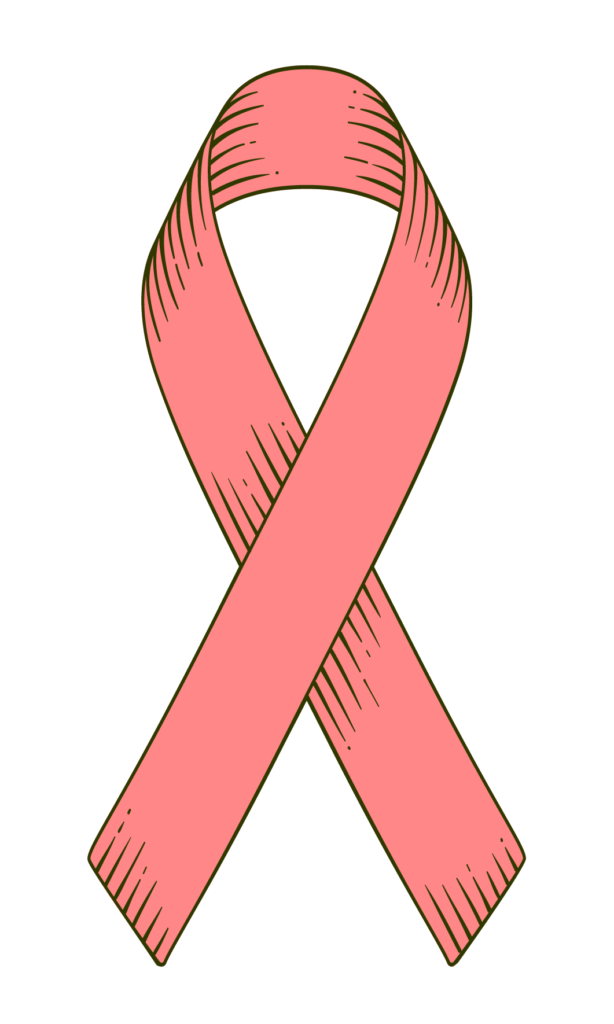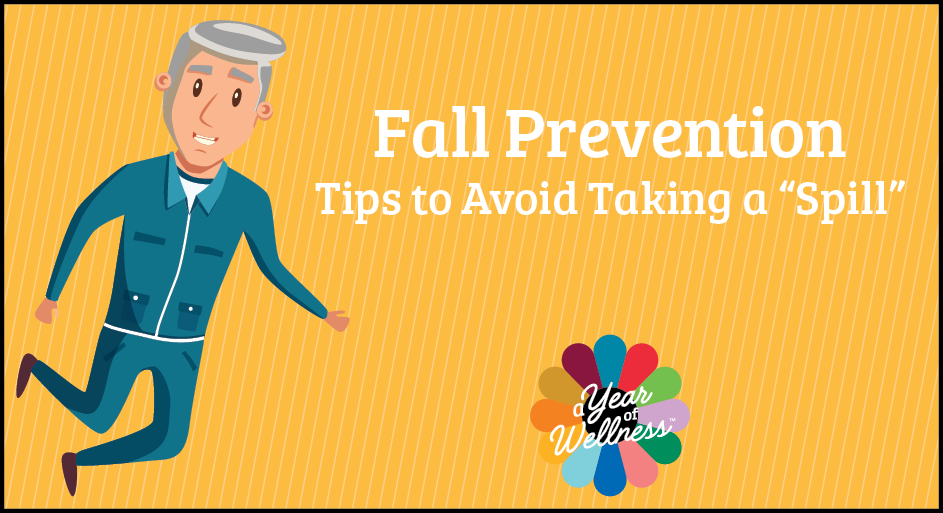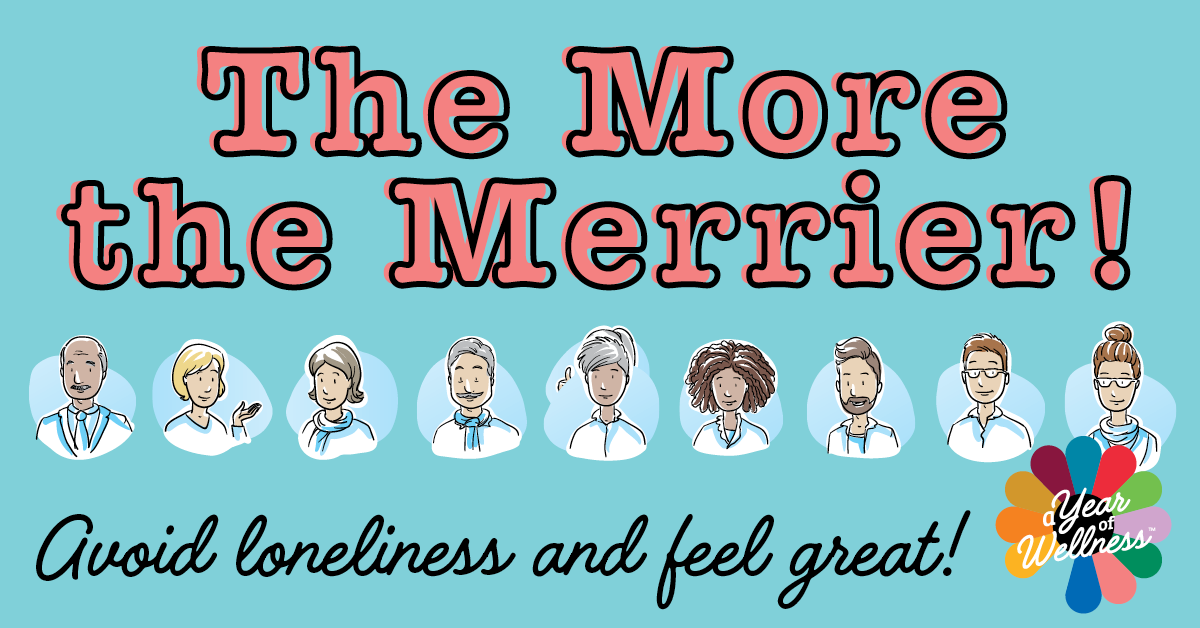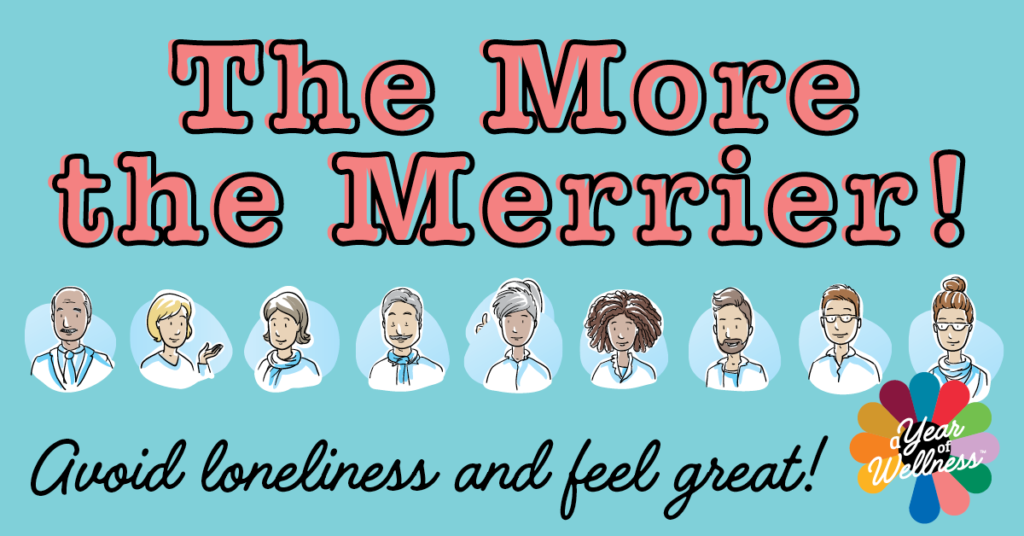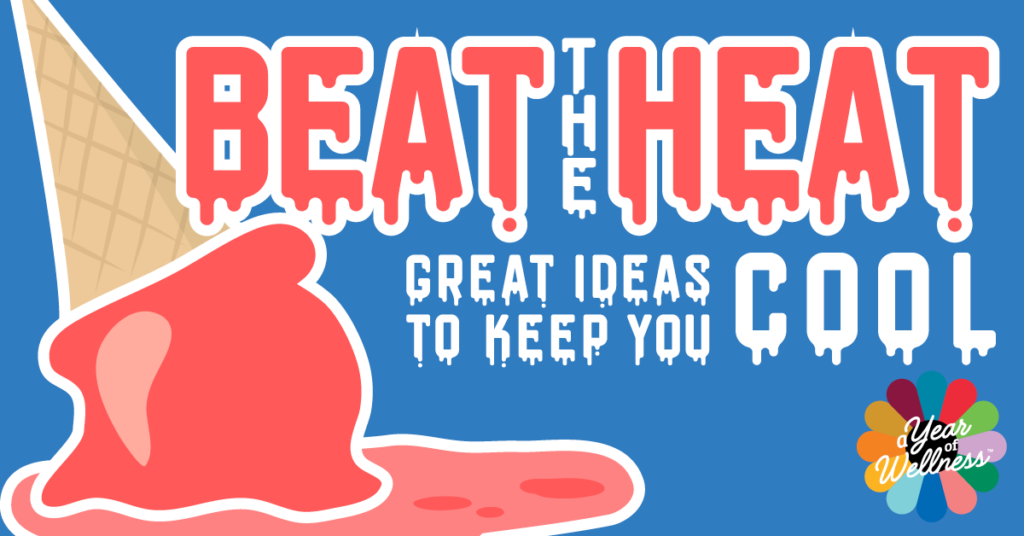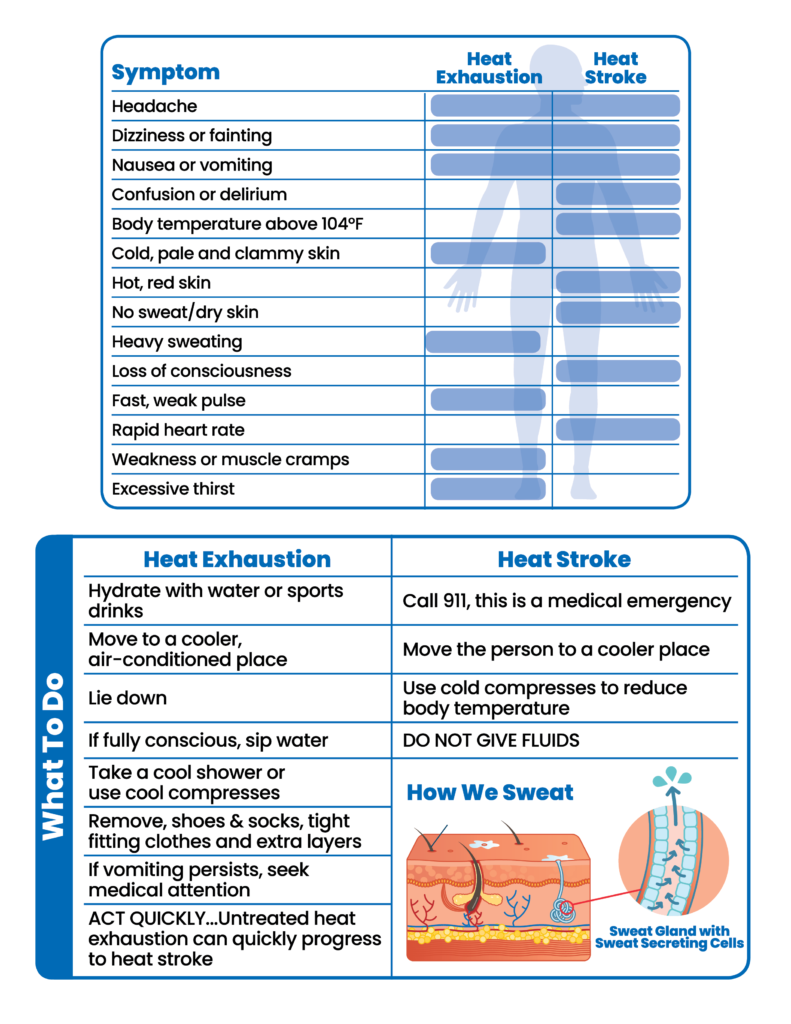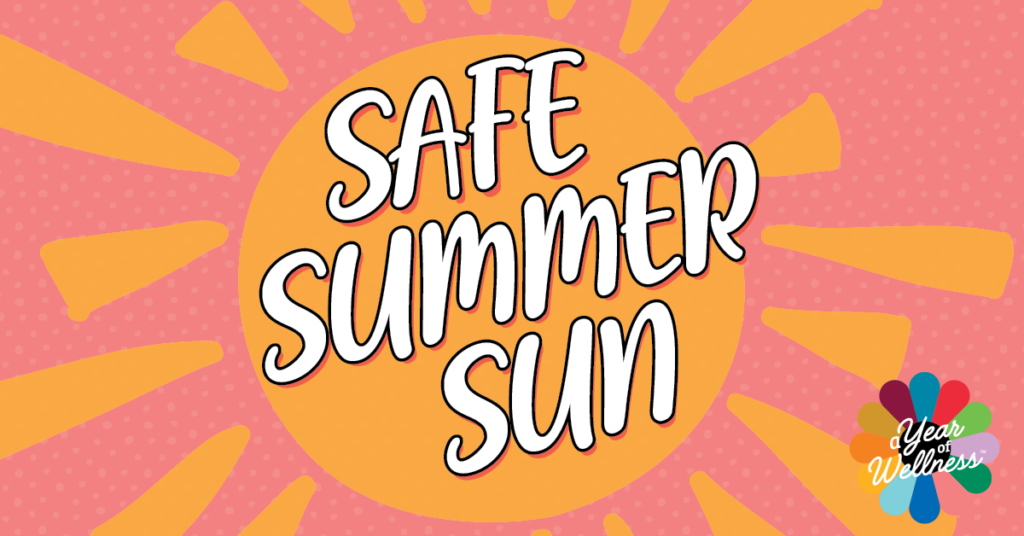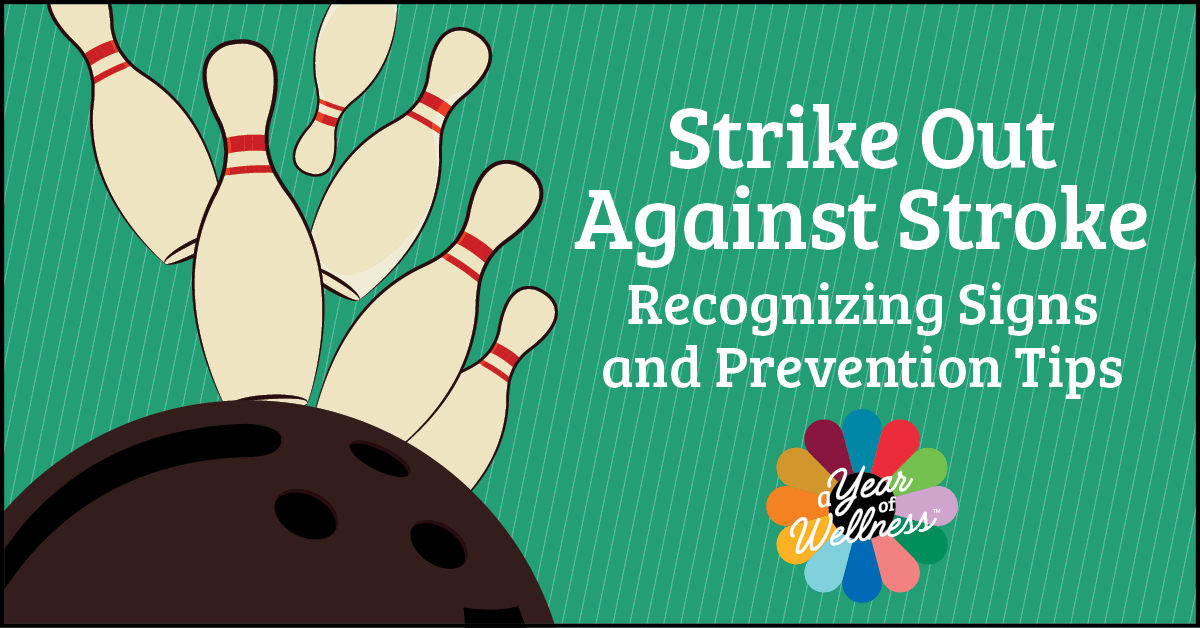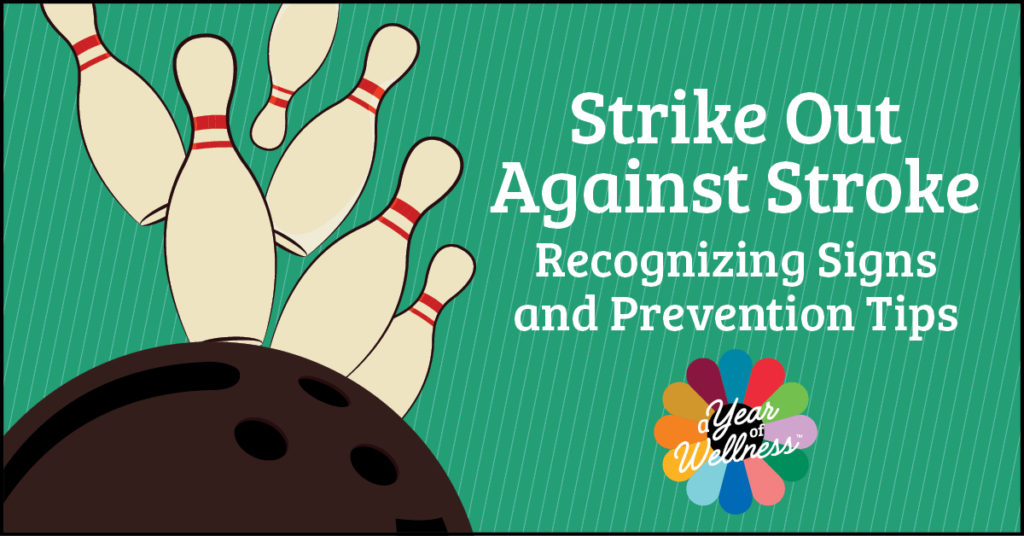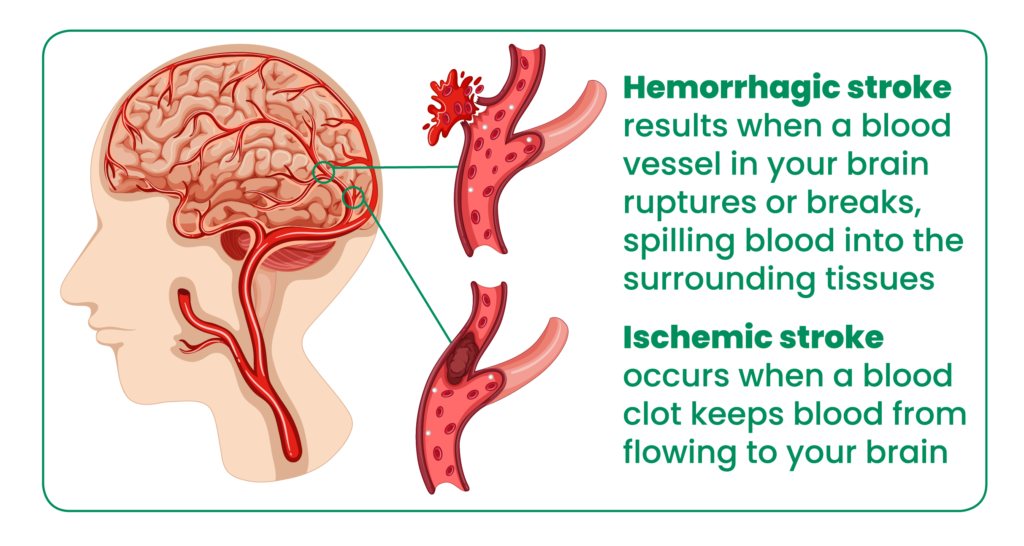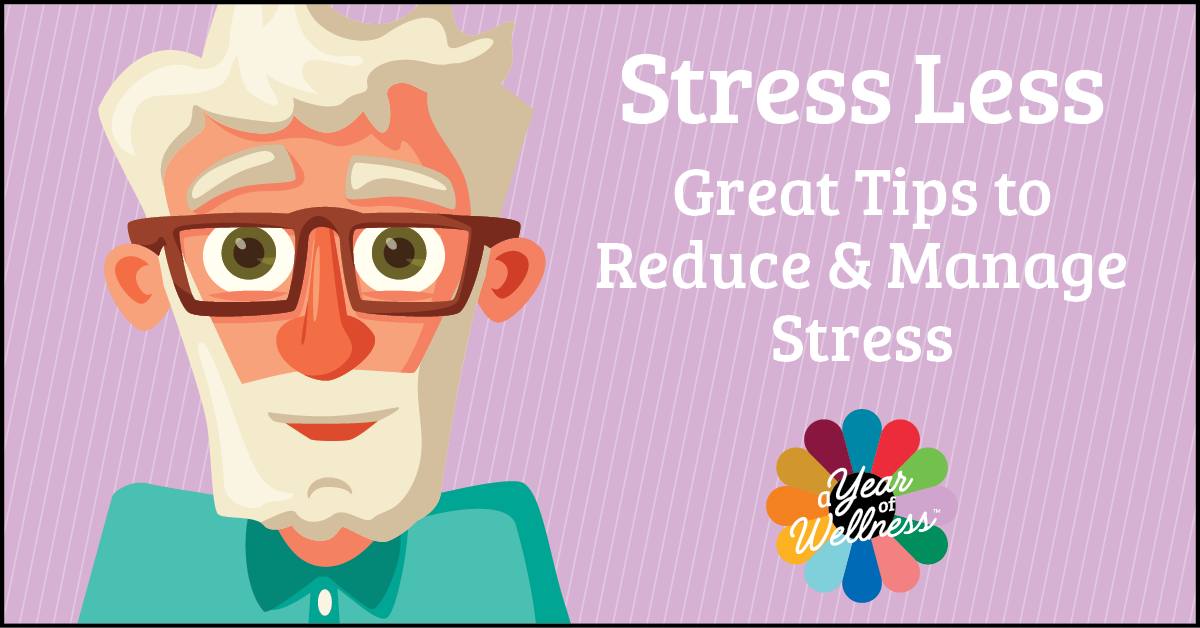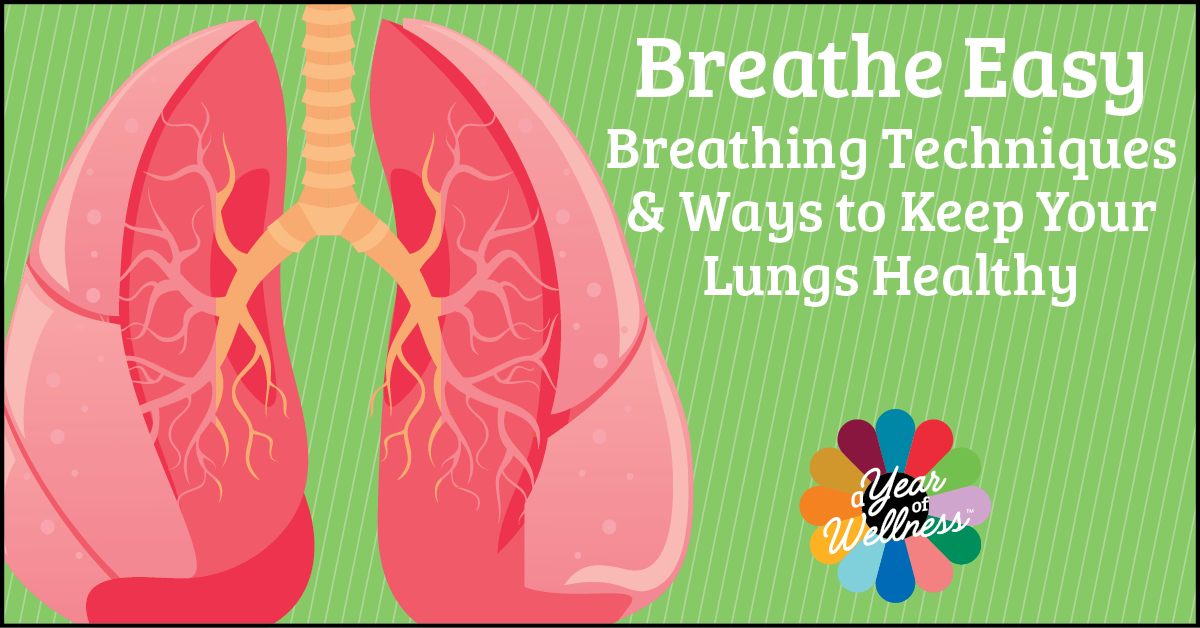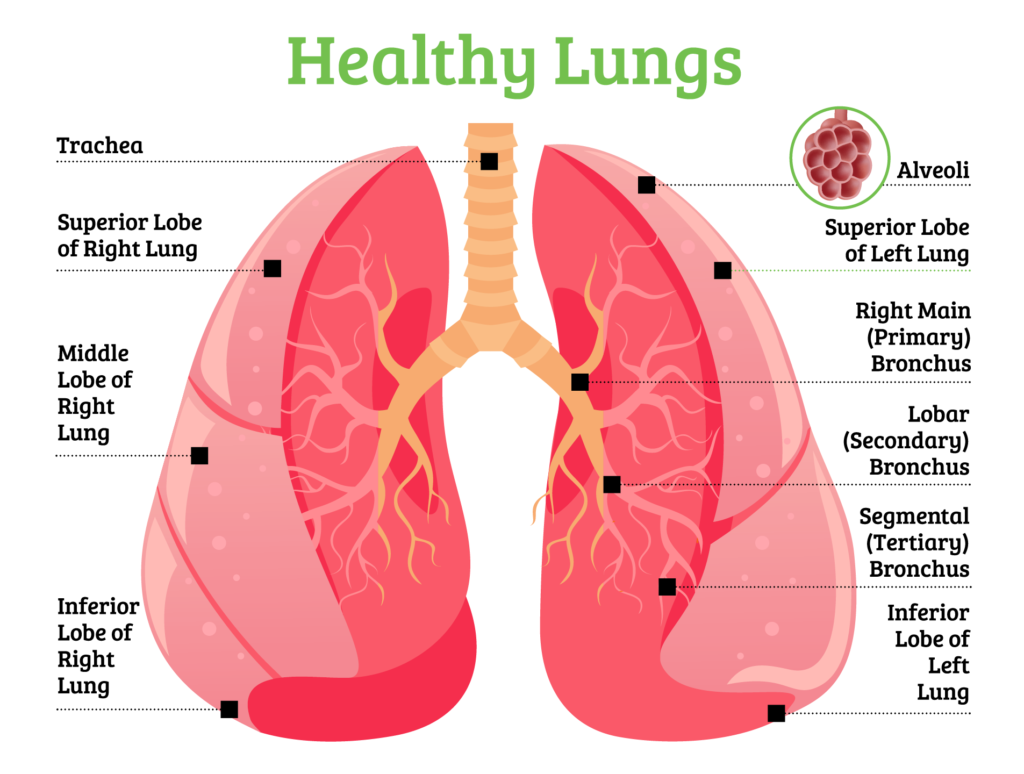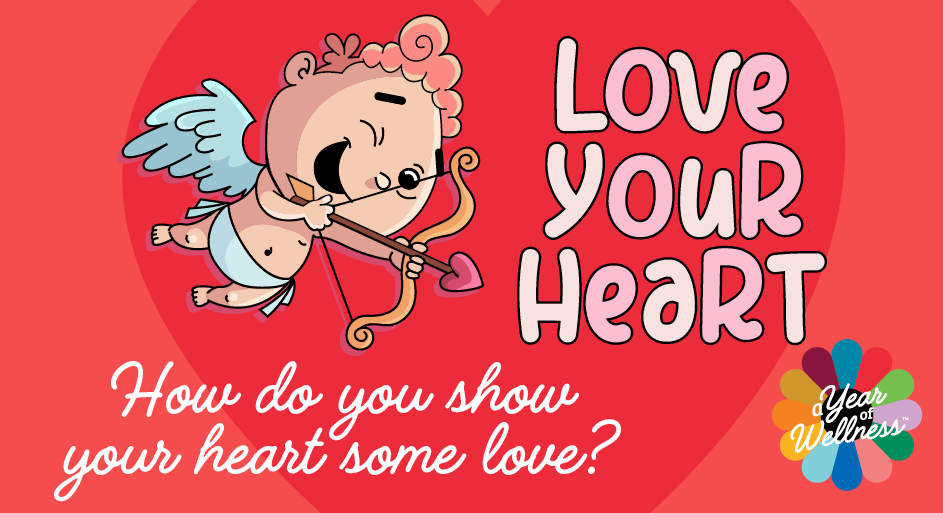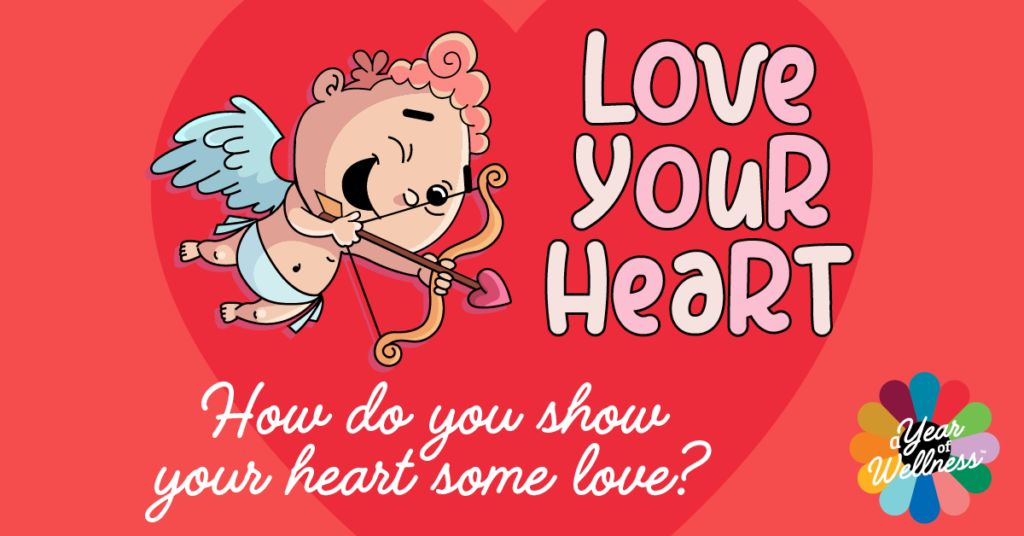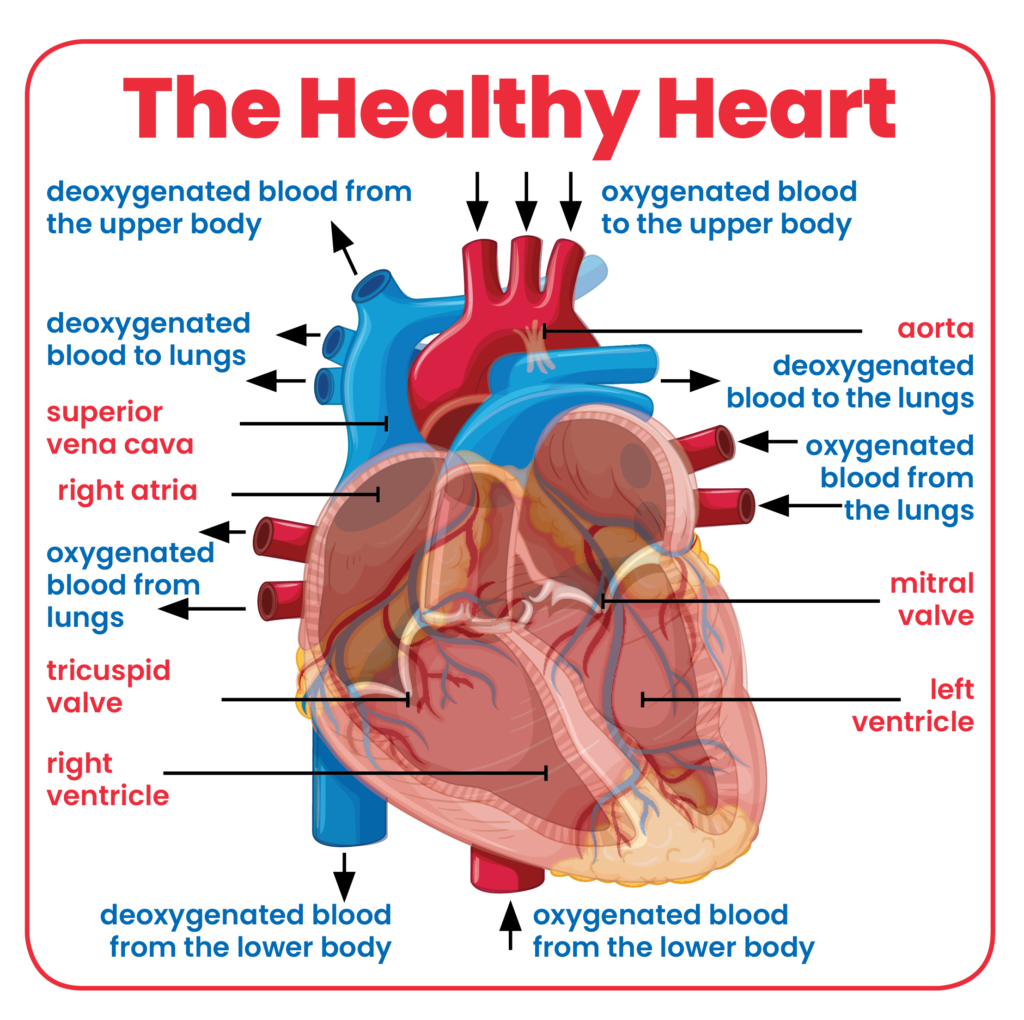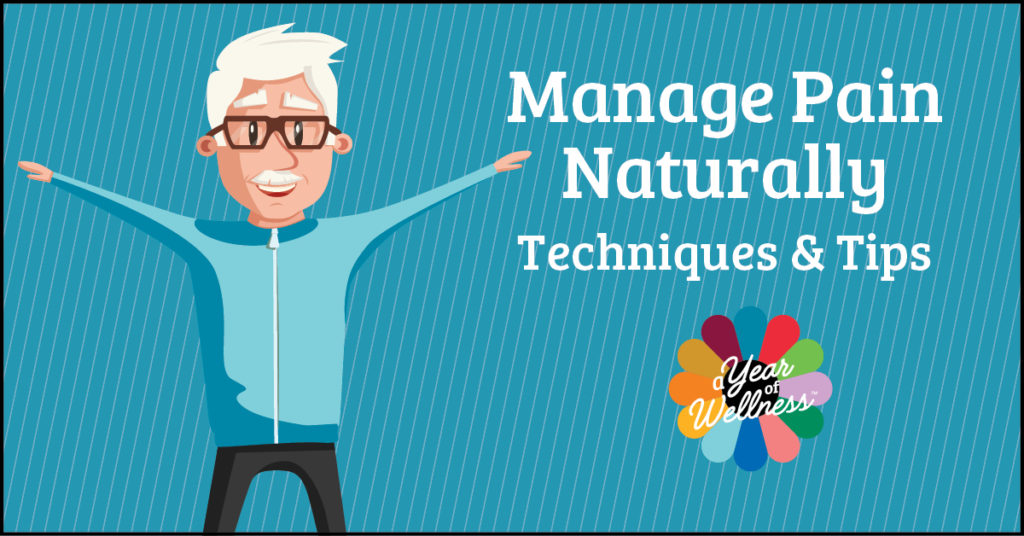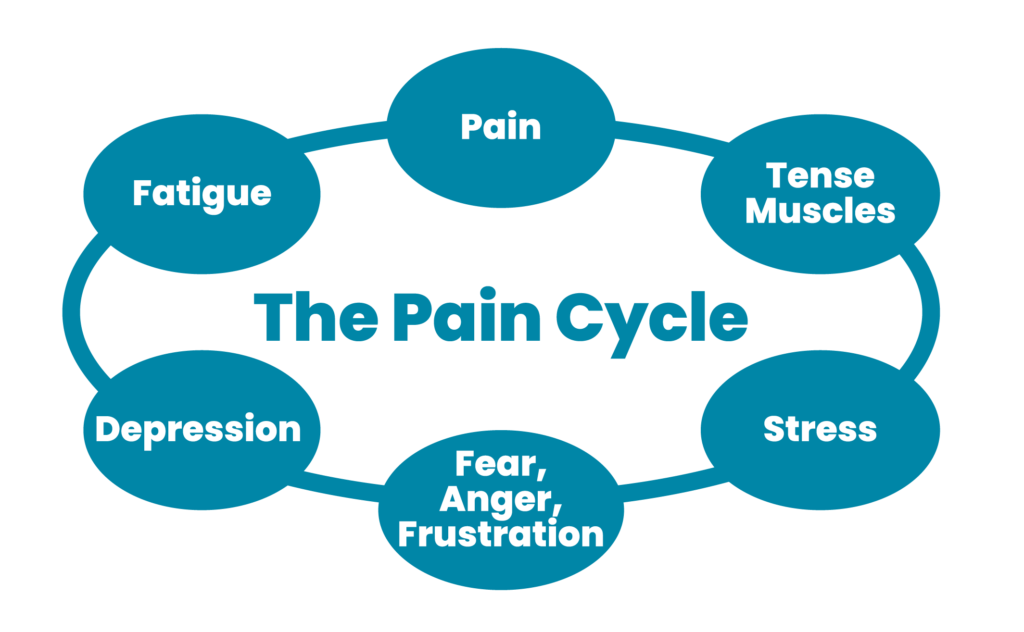It’s been said that the two most powerful words in the English language are “Thank You.” But did you know that adopting an attitude of gratitude also can have a tangible, positive impact on your health? Here are some ways being grateful can boost your spirit and contribute to your overall quality of life.
- Lower Blood Pressure. In a 2007 study, researchers found that people were instructed to “count their blessings” once a week showed a significant decrease in their systolic blood pressure.
- Lower Risk of Depression. According to Sanam Hafeez, M.D., gratitude reminds us that not everything in our lives is bad and can give us motivation and a sense of hope that can protect us from feelings of depression.
- Better Sleep. In a research project of 65 people with chronic pain, those who were assigned a daily gratitude journal assignment reported a half an hour more sleep than those who were not. In other studies, the discipline of gratitude has caused people to report a faster time to sleep, improved sleep quality and more alertness during the day.
- Reduces Stress. Because gratitude activates the parasympathetic nervous system, it can stave off stress which has very well-known destructive health implications.
- Increased Energy. Multiple studies have correlated vitality and gratitude, and because gratitude increases physical and mental well-being, it can lead to increased energy levels.
- Improved Self Care. Grateful people are more likely to exercise and take care of their health according to a 2012 study. They are more likely to have regular check-ups and take precautions to improve their health.
- Boost Mental Strength. For people who have experienced traumatic events, gratitude has been shown to help buffer the long-term impact of that trauma and can lead to much greater resilience.


